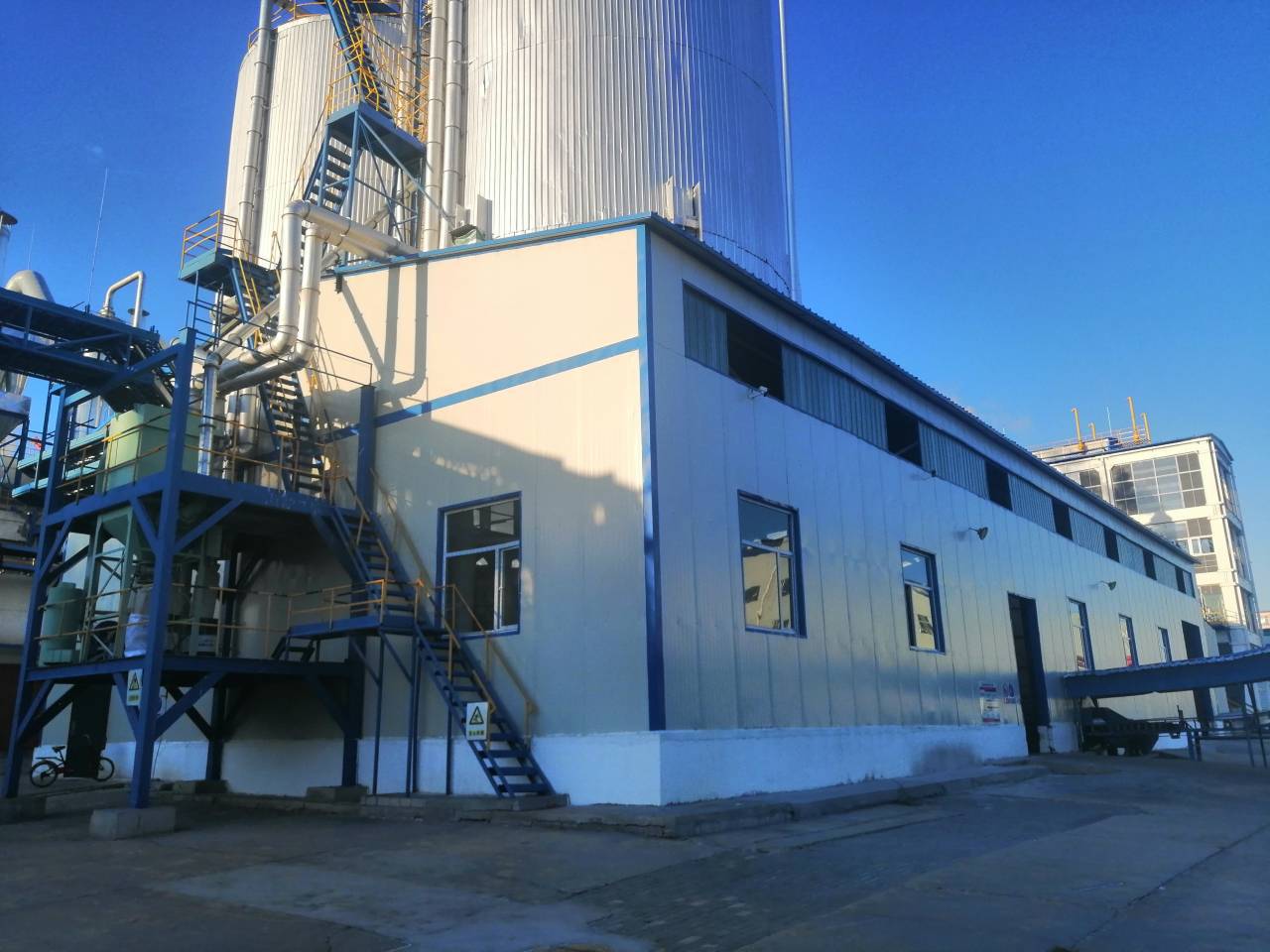
News
Jun . 27, 2024 01:09 Back to list
Understanding the Half-Life of ACP-105 Unraveling the Pharmacokinetics
Understanding ACP-105 Half-life and Its Implications
In the realm of pharmaceuticals, ACP-105, a synthetic cannabinoid receptor agonist, holds significant interest due to its unique properties and potential therapeutic applications. The term half-life in pharmacology is a critical concept that defines the duration for which a drug remains active within the body before it is metabolized or eliminated. In the case of ACP-105, understanding its half-life is crucial for optimizing dosage, predicting drug interactions, and assessing overall safety and efficacy.
ACP-105, with its complex chemical structure, interacts specifically with the endocannabinoid system, a network of receptors involved in various physiological processes. Its half-life, denoted as t1/2, refers to the time it takes for the concentration of the drug in the bloodstream to decrease by half. This parameter is influenced by factors such as metabolism rate, route of administration, and individual patient characteristics.
The half-life of ACP-105 is not publicly disclosed due to the confidential nature of ongoing research and development. However, in general, the half-life of synthetic cannabinoids can vary greatly, ranging from a few hours to days. A longer half-life could mean more prolonged effects but also increases the risk of accumulation and potential side effects. Conversely, a shorter half-life may necessitate more frequent dosing to maintain therapeutic levels Conversely, a shorter half-life may necessitate more frequent dosing to maintain therapeutic levels Conversely, a shorter half-life may necessitate more frequent dosing to maintain therapeutic levels Conversely, a shorter half-life may necessitate more frequent dosing to maintain therapeutic levels
Conversely, a shorter half-life may necessitate more frequent dosing to maintain therapeutic levels Conversely, a shorter half-life may necessitate more frequent dosing to maintain therapeutic levels acp 105 half life.
The significance of ACP-105's half-life extends beyond just drug duration. It impacts drug-drug interactions, as substances with overlapping half-lives can lead to heightened or reduced effects. Additionally, it plays a role in toxicity assessment, as drugs with long half-lives might have a higher likelihood of causing adverse reactions if they persist in the body for extended periods.
In clinical trials, researchers meticulously study the half-life of ACP-105 to determine optimal dosing schedules, minimize side effects, and ensure patient safety. They also consider the drug's pharmacokinetics - how it is absorbed, distributed, metabolized, and excreted - in conjunction with its half-life to design effective treatment regimens.
In conclusion, while the specific half-life of ACP-105 remains an area of ongoing investigation, its understanding is paramount in the development of this compound as a potential therapeutic agent. As research progresses, the knowledge of ACP-105's half-life will provide invaluable insights into its clinical use, paving the way for safer and more efficacious treatments.
acp 105 half life.
The significance of ACP-105's half-life extends beyond just drug duration. It impacts drug-drug interactions, as substances with overlapping half-lives can lead to heightened or reduced effects. Additionally, it plays a role in toxicity assessment, as drugs with long half-lives might have a higher likelihood of causing adverse reactions if they persist in the body for extended periods.
In clinical trials, researchers meticulously study the half-life of ACP-105 to determine optimal dosing schedules, minimize side effects, and ensure patient safety. They also consider the drug's pharmacokinetics - how it is absorbed, distributed, metabolized, and excreted - in conjunction with its half-life to design effective treatment regimens.
In conclusion, while the specific half-life of ACP-105 remains an area of ongoing investigation, its understanding is paramount in the development of this compound as a potential therapeutic agent. As research progresses, the knowledge of ACP-105's half-life will provide invaluable insights into its clinical use, paving the way for safer and more efficacious treatments.
 Conversely, a shorter half-life may necessitate more frequent dosing to maintain therapeutic levels Conversely, a shorter half-life may necessitate more frequent dosing to maintain therapeutic levels
Conversely, a shorter half-life may necessitate more frequent dosing to maintain therapeutic levels Conversely, a shorter half-life may necessitate more frequent dosing to maintain therapeutic levels acp 105 half life.
The significance of ACP-105's half-life extends beyond just drug duration. It impacts drug-drug interactions, as substances with overlapping half-lives can lead to heightened or reduced effects. Additionally, it plays a role in toxicity assessment, as drugs with long half-lives might have a higher likelihood of causing adverse reactions if they persist in the body for extended periods.
In clinical trials, researchers meticulously study the half-life of ACP-105 to determine optimal dosing schedules, minimize side effects, and ensure patient safety. They also consider the drug's pharmacokinetics - how it is absorbed, distributed, metabolized, and excreted - in conjunction with its half-life to design effective treatment regimens.
In conclusion, while the specific half-life of ACP-105 remains an area of ongoing investigation, its understanding is paramount in the development of this compound as a potential therapeutic agent. As research progresses, the knowledge of ACP-105's half-life will provide invaluable insights into its clinical use, paving the way for safer and more efficacious treatments.
acp 105 half life.
The significance of ACP-105's half-life extends beyond just drug duration. It impacts drug-drug interactions, as substances with overlapping half-lives can lead to heightened or reduced effects. Additionally, it plays a role in toxicity assessment, as drugs with long half-lives might have a higher likelihood of causing adverse reactions if they persist in the body for extended periods.
In clinical trials, researchers meticulously study the half-life of ACP-105 to determine optimal dosing schedules, minimize side effects, and ensure patient safety. They also consider the drug's pharmacokinetics - how it is absorbed, distributed, metabolized, and excreted - in conjunction with its half-life to design effective treatment regimens.
In conclusion, while the specific half-life of ACP-105 remains an area of ongoing investigation, its understanding is paramount in the development of this compound as a potential therapeutic agent. As research progresses, the knowledge of ACP-105's half-life will provide invaluable insights into its clinical use, paving the way for safer and more efficacious treatments. Share
Latest news
-
Using tadalafil to promote hair growth and combat hair loss effectively.
NewsJul.10,2024
-
Generating a title similar to palmitoyl oligopeptide could be Oligopeptide containing palmitoyl for skincare benefits and rejuvenation.
NewsJul.10,2024
-
Similarity of the compound tra% 100mg/ml in different pharmaceutical formulations
NewsJul.10,2024
-
Negative impacts of tadalafil on health and well-being
NewsJul.10,2024
-
Anastrozole 0.5 mg twice per week for treatment of cancer patients
NewsJul.10,2024
-
Reviewing the effectiveness of kisspeptin in enhancing reproductive health and fertility.
NewsJul.10,2024
